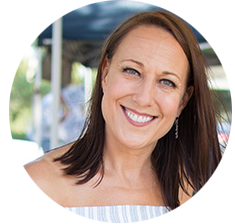

Looking to adopt a plant-based diet?
Here's where to start!
5 EASY STEPS TO A PLANT-BASED DIET

Download the guide for:
-
Five simple steps and helpful tips to make gradual, lasting changes to the way you eat that add up to a big impact
-
The "secret sauce" for putting more veggies and plant-based foods on your plate, and relying less on meat and processed foods
-
10 easy, delicious plant-based recipes to get you started on the right foot


I'M LIA HUBER, and my mission is to inspire and empower people -- like you -- to live richer, more delicious lives through real food. I'm the author of Nourished: A Memoir of Food, Faith and Enduring Love (with Recipes), the founder of NOURISH Evolution, and busy working mom and wife. You'll find I'm quite passionate about what I do (people say my enthusiasm is infectious!), and I'm delighted to welcome you into the NOURISH fold.

© Copyright NOURISH Evolution. All Rights Reseved.
